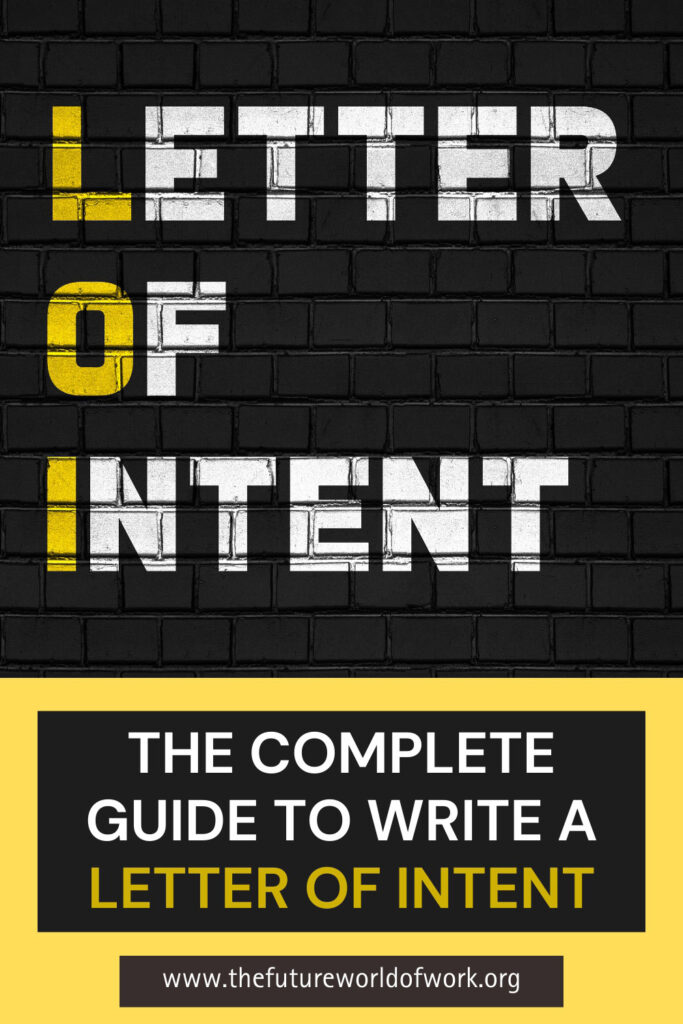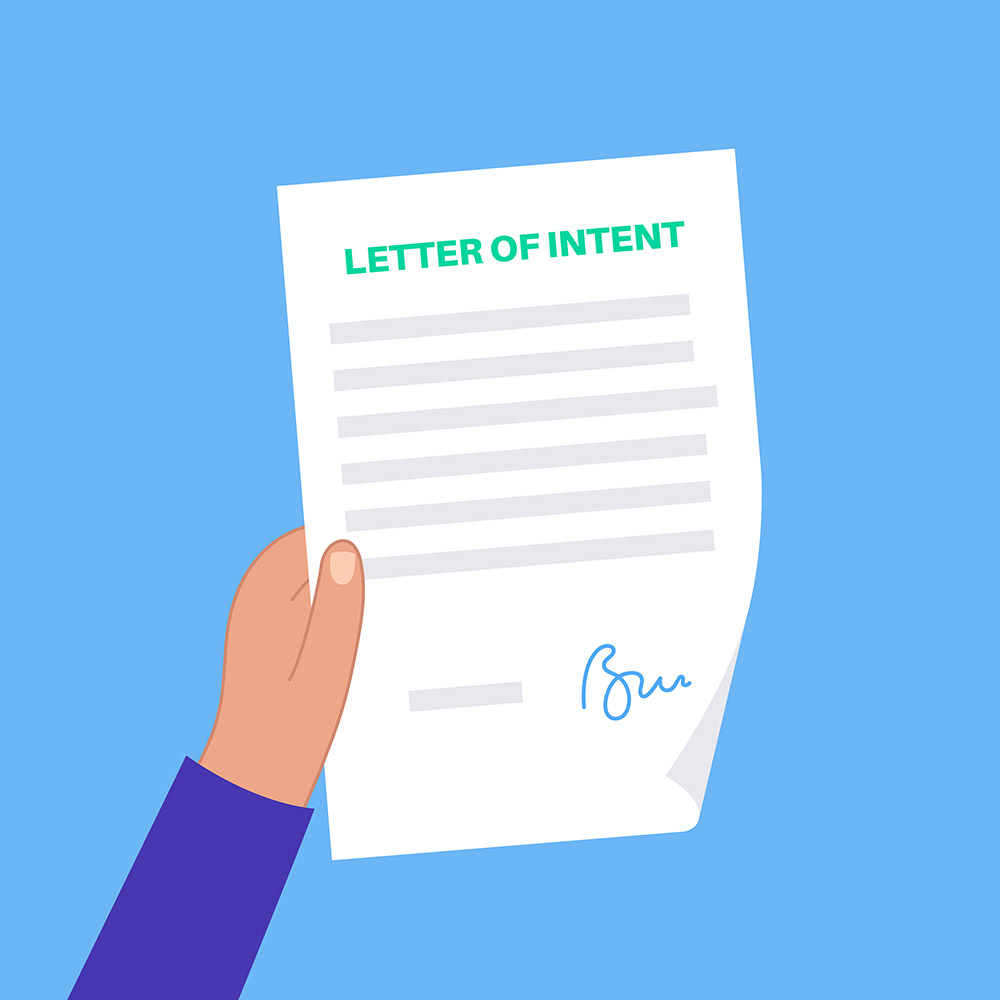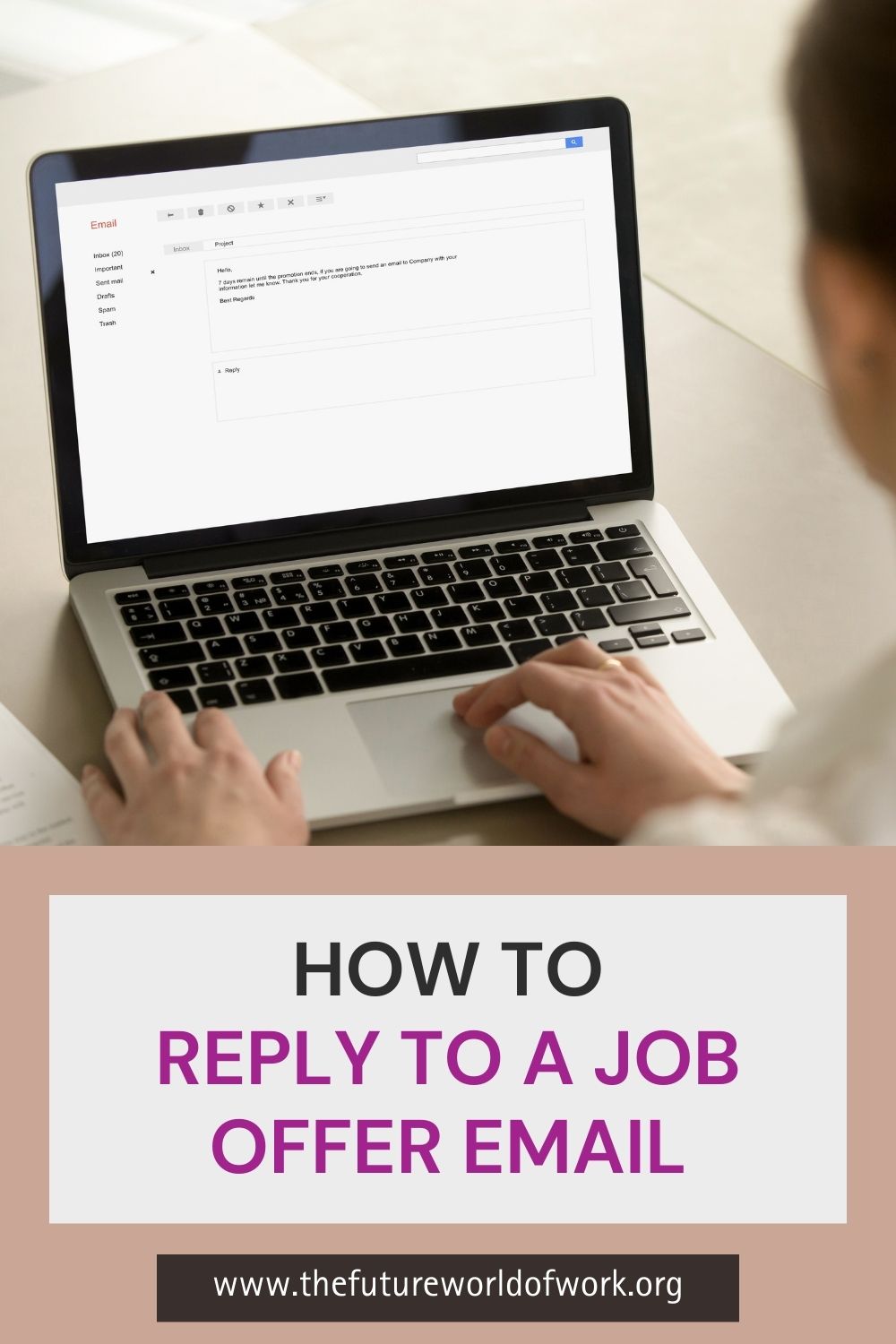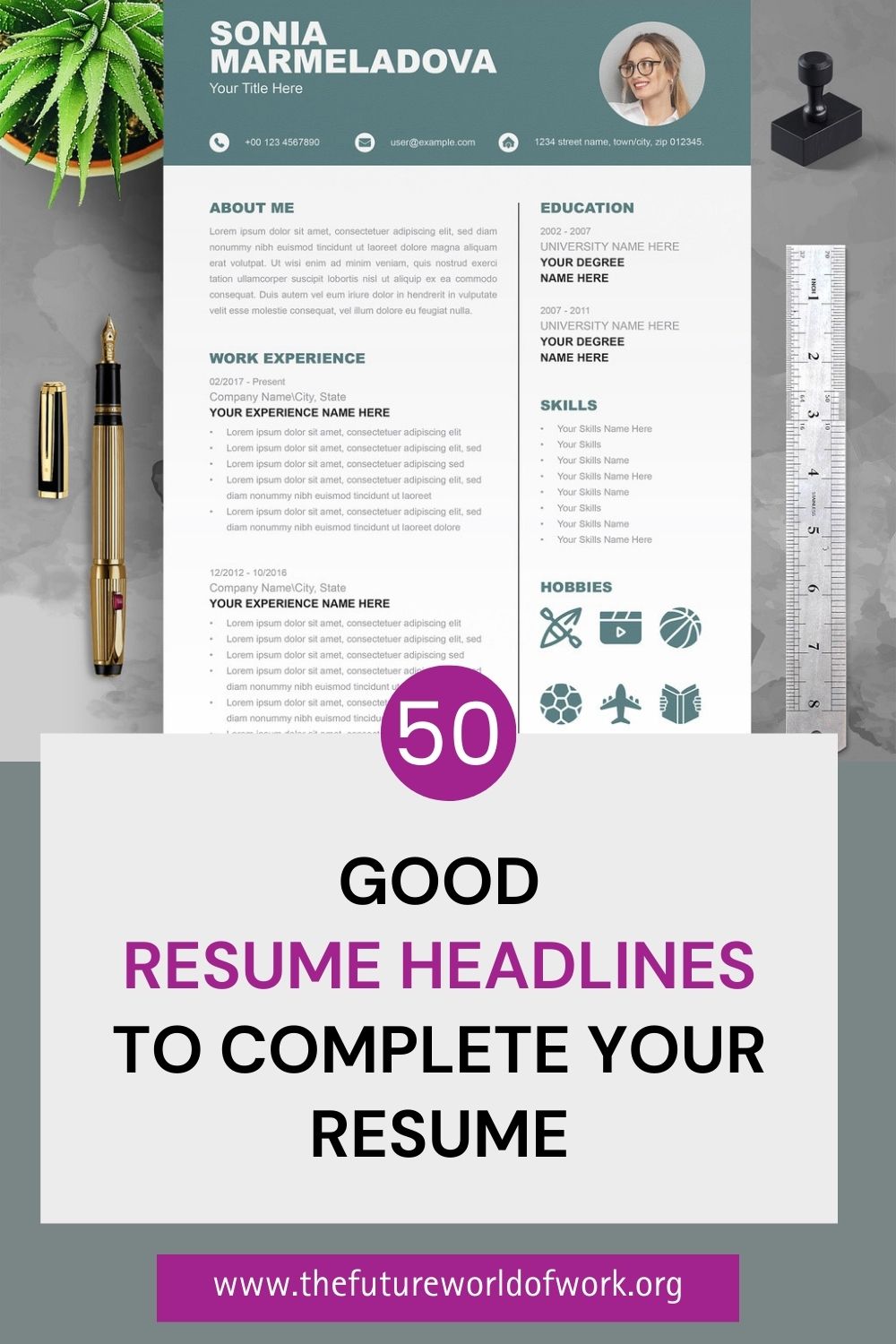A letter of intent (sometimes called a letter of interest) expresses your desire to work for a company or organization, even when no open positions are advertised at the time.

Since LOI is not as common as cover letter templates, beginners have sent my team many questions regarding its format and content structure. Having experienced both sending and receiving LOIs myself, I have gathered some helpful statement of intent examples to share here.
In this article:
Differences Between A Letter Of Intent And A Cover Letter
Purpose
A cover letter is specifically written to address a job opening. It highlights your skills and experience to convince the employer you’re the perfect fit for the open position.
On the other hand, an LOI has a broader purpose: applicants use it to express their interest in the company itself, even if there isn’t an open position. It shows your enthusiasm and interest in being part of the team.
Content
Cover letters focus on your qualifications, as you mention specific achievements, skills, and career goals that match the job description or fit into the company’s long-term vision.
At first glance, an LOI might look similar to a cover letter; however, your interest in the company, in general, remains the focus. It showcases your extensive knowledge of the company’s work and values and how you could contribute to its future success.
Let me simplify it for you:
- A cover letter addresses the employer’s needs, explaining how you’ll solve their problems and fulfill the specific requirements of the advertised position.
- An LOI shows how you can benefit the company as a whole, not just a specific department. You should detail how your current knowledge/experience aligns with the company’s goals and future direction.
Timing
Typically, a cover letter wouldn’t be sent without an open position. Applicants only write them in response to a specific job advertisement, unlike LOIs, which can be sent anytime.
There’s no need to wait for a job opening to write an LOI, which is why many consider it a proactive way to land potential opportunities at a company they have always followed or admired.
Sample Letter Of Intent For Position

The sample below is an excellent letter of intent for two main reasons:
- A strong introduction. John clearly expresses his admiration for NovelFront’s work ethic and specific book genres (showing that he’s researched the company) and positions himself as an “ardent bibliophile” and “dedicated writer” to instantly connect with the company’s core values.
- Focused value proposition. The letter mentions John’s Bachelor’s degree in English Literature and editorial experience, directly relevant to NovelFront’s publishing needs. He also highlights his achievements and their quantifiable impacts (discovering best-selling authors for varied genres).
Letter of Intent Sample:
John Doe
123 Main Street
Anytown, USA
[email protected]
(555) 123-4567
Ms. Emily Thompson
Senior Editor
NovelFront Publishing
456 Bookworm Avenue
Metropolis, USA
April 18, 2024
Dear Ms. Rodriguez,
Dear Ms. Thompson,
I am writing to express my sincere interest in employment opportunities at NovelFront Publishing. As an ardent bibliophile and dedicated writer, I have long admired NovelFront’s commitment to pushing the boundaries of storytelling. Your publication of groundbreaking contemporary works, particularly in the Fantasy and Historical Fiction genres, has truly challenged conventions and inspired readers worldwide.
With a Bachelor’s degree in English Literature and over five years of experience in editorial roles within the publishing industry, I have honed a keen eye for detail and a deep understanding of the editorial process. At Inkwell Publishing, I worked as a Senior Editor, leading a team that acquired and developed manuscripts across Romance, Fantasy, Historical Fiction, and Poetry, all of which are also NovelFront’s major literary genres. I am particularly proud of my role in discovering and nurturing emerging authors, several of whom have gone on to become bestselling authors in their respective fields.
My experience also includes extensive manuscript evaluation and project management; I know how to provide constructive feedback to authors to help them refine their manuscripts while preserving their unique voices. I have a proven track record of delivering high-quality publications on tight deadlines, collaborating closely with authors, agents, and cross-functional teams to ensure successful book launches.
I am confident that my professional experience and passion for literature align closely with NovelFront’s long-term goals. Thank you for your time, and I look forward to the opportunity to discuss in more detail how my skills and experiences can be a valuable asset to your future missions.
Warm regards,
John Doe
How To Draft A Letter Of Intent
Step 1. Salutation or Greetings
The salutation acts as the first handshake that sets the tone for your communication with the company. It’s your chance to make a positive impression, so do not waste it. The typical structure for a formal salutation is:
- Dear + Title (Mr./Ms./Mx.) + Last Name (e.g., Dear Ms. Jones)
If you can’t pinpoint the recipient, consider “Dear [Department Name] Hiring Manager” to demonstrate effort while keeping it professional. Even as a last resort, do not use impersonal approaches like “To Whom It May Concern.”
How about casual, informal greetings like “Hi” or “Hello”? They might be acceptable if the company has a more casual environment (you can check their website for clues). But from my observation, it’s always safer to err on the side of formality in your initial contact.
Step 2. Introduction
Start by showing your genuine enthusiasm for the company.
Mention something specific about them that resonates with you, such as their mission statement, a recent project it completed, or their overall achievements in the industry. Experienced hiring managers like me would be even more impressed if you could frame your background right from the start regarding how it benefits the company.
On the other hand, you should aim for only 2-3 sentences – enough to grab attention without being overwhelming. Most importantly, ensure your introduction is free of typos and grammatical errors. First impressions matter, after all, and an unpolished opening discourages us from reading the rest.
Step 3. Body
Here, you build your case and convince the reader that you would be a valuable asset to their company. Research the company’s needs and goals beforehand, then identify your valuable skills that specifically address those needs.
Remember, numbers speak volumes; whenever possible, use quantifiable results to demonstrate the impact of your work. Examples: increased sales figures, improved efficiency metrics, or the number of successful projects you’ve led, etc.
Likewise, do not just claim you’re a great communicator or have excellent analysis skills. Always illustrate them with examples from previous work experiences so readers can visualize your capabilities and how you will contribute to their work environment.
If you have multiple key points to highlight (which is very likely), structure your body paragraph into subsections. I suggest transition words like “Additionally,” “Furthermore,” or “In line with” to create a smooth flow between your points and help readers connect your ideas.
Step 4. CTA (Call To Action)
You’re reaching the end of the letter, and it’s time to encourage the reader to take the next step. Briefly restate your value proposition and interest in contributing to the company’s success, then express your willingness to discuss your qualifications further. You can mention your availability for an interview or suggest other ways to connect (e.g., an informational interview).
Also, ensure your contact information (phone number and email address) is clearly listed at the end of your letter so the company can reach out as soon as possible if they’re interested.
Step 5. Closing
Sign your name above your typed name; you can include a typed signature or forgo it if submitted electronically. If you want to include a professional title, place it below the signature line.
Here’s an example closing:
Sincerely,/Best regards,
[Your Signature]
[Your Typed Name]
[Your Professional Title (Optional)]
Avoid overly casual closings like “Thanks” or “Best.”
Common Mistakes In Letter Of Intent Examples
Mistake #1. No Focus And Research
Many applicants I know write generic letters to send to several companies at a time. This impersonal approach shows a clear lack of effort on your part and makes your qualifications even less relevant; they will not understand why their company needs to hire you and not someone else.
Solution: There’s no shortcut here. Research is the only way; you must take time to understand the company’s specific mission, values, and ongoing challenges that set it apart from other companies.
Mistake #2. Excessive Length
Employers are busy. A long, rambling letter that fails to get to the point quickly will not get examined entirely; the readers just skim over what you wrote and end up missing most of your key qualifications.
Solution: Your letter of intent should be concise (ideally 3-4 paragraphs), focus on the most relevant information, and leave no room for unnecessary details. All your strongest skills and qualifications must be presented at the very top instead of being scattered in the last few sentences.
Mistake #3. Not Following Submission Guidelines
Some companies prefer receiving letters of intent via email, an online application portal, or even physical mail.
There are likely specific formatting requirements (regarding font size, margins, document type, etc.) and they might even request additional materials along with your letter of intent. For example, I often ask applicants to send me their portfolio or writing samples if they want to work in my in-house content creation team.
Needless to say, a letter not submitted in the preferred format (or arriving at the wrong location) takes longer to reach the hiring manager. Worse, it shows your obvious lack of attentiveness – a quality of strong candidates that employers value.
Solution: Before submitting your letter of intent, carefully read any application instructions provided by the company, which could be on their careers page, job posting, or a separate email.
If the guidelines seem unclear, contact the company’s HR department or the hiring manager for clarification.
You might also like:
Conclusion
Hopefully, my letter of intent example helps you grasp what to include to highlight your professional skills and experience. Keep it focused and brief with measurable achievements, and feel free to reach out if you need further assistance with your job search.








